The Importance of Big Cat Breeding Programs
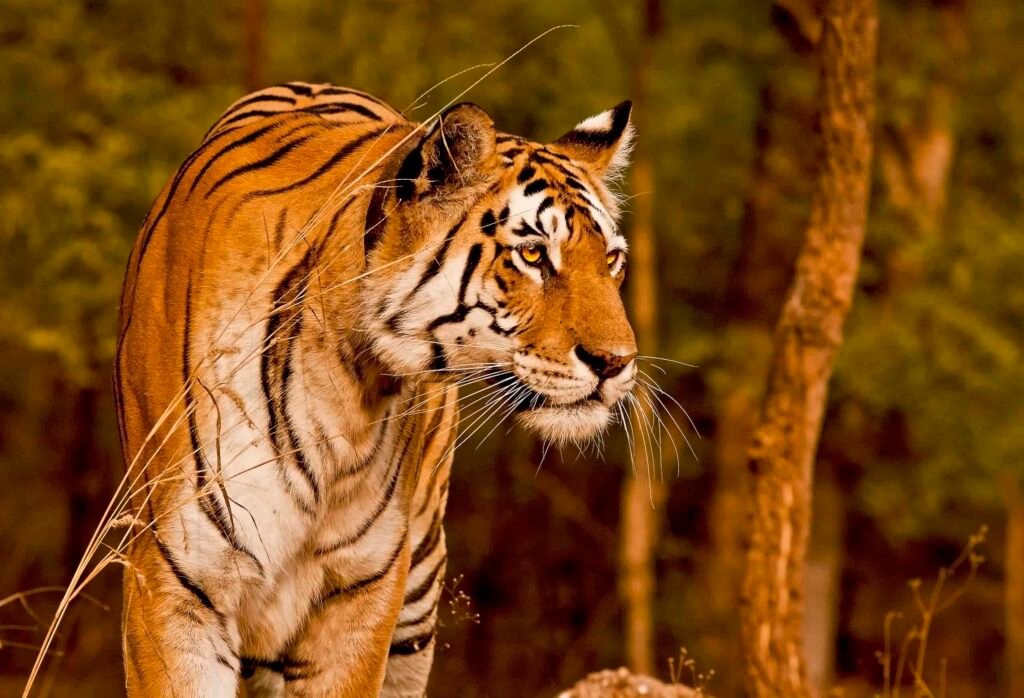
Big cat breeding programs have emerged as vital tools in conservation efforts. With several big cat species facing the threat of extinction, these programs aim to ensure their survival by maintaining healthy, genetically diverse populations. By raising awareness, facilitating research, and sometimes reintroducing species to the wild, breeding programs serve as a lifeline for threatened species.
The Current State of Big Cat Populations
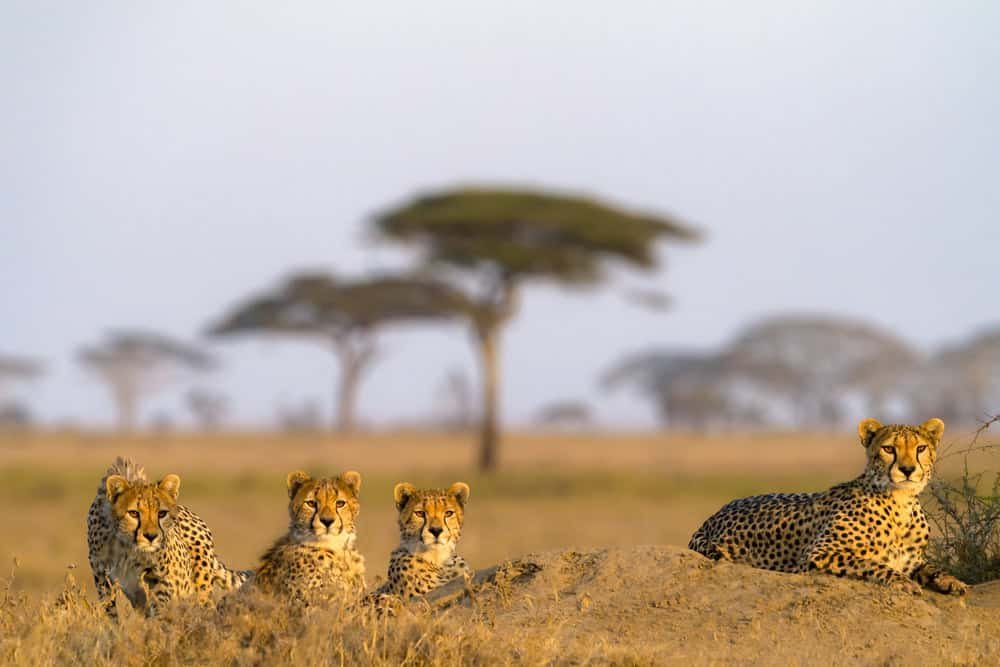
Big cats, including tigers, lions, leopards, and cheetahs, have seen a dramatic decline in their populations due to habitat loss, poaching, and human-wildlife conflict. As apex predators, they play crucial roles in their ecosystems, and their disappearance can lead to significant ecological imbalances. Understanding their current status is essential to appreciating the urgency and impact of breeding programs.
The Role of Zoos and Sanctuaries
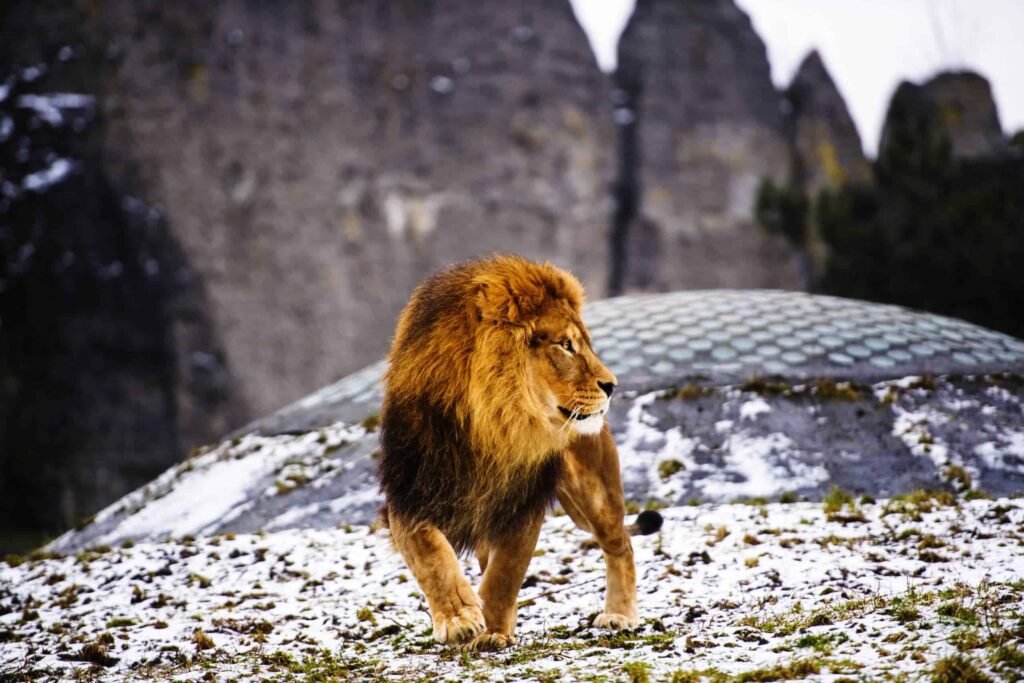
Zoos and sanctuaries worldwide play pivotal roles in big cat breeding programs. These institutions provide controlled environments that help ensure the safety and health of these animals. They also facilitate scientific research, public education, and funding that supports broader conservation initiatives. Many have become centers for collaboration and innovation in breeding techniques and practices.
Techniques in Breeding Big Cats
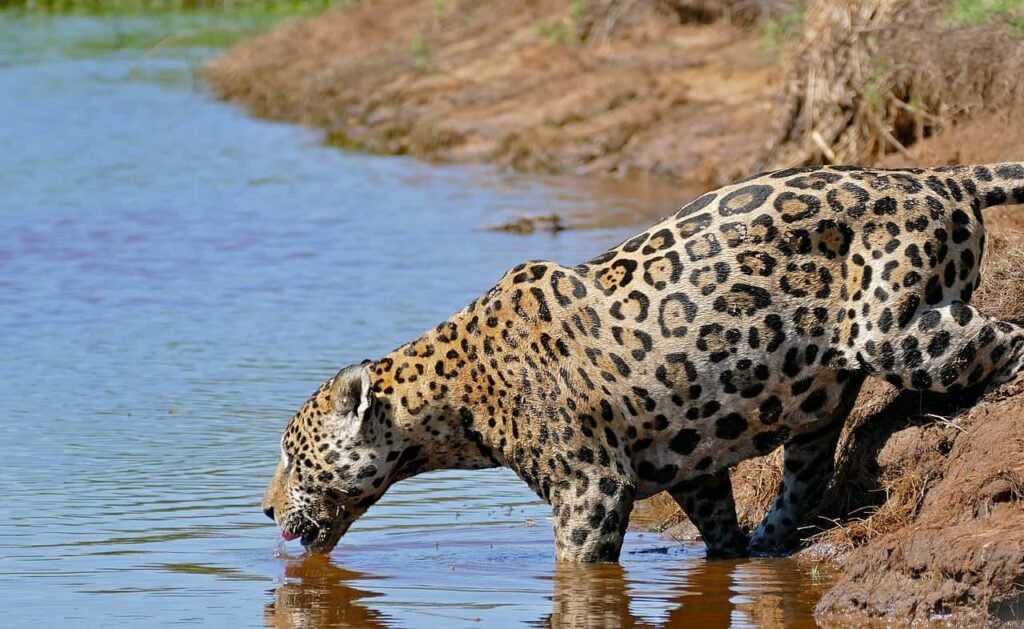
Breeding big cats requires a delicate balance of natural and assisted reproductive techniques. Pairing strategies, habitat simulations, and scientific monitoring are essential components in increasing breeding success. Innovations such as artificial insemination and genetic testing have further enhanced successful breeding outcomes, ensuring genetic diversity and preventing inbreeding within captive populations.
Genetic Management and Diversity Concerns

Genetic diversity is fundamental to the health and resilience of any species. Breeding programs actively manage genetic materials from different lines to prevent inbreeding, which can lead to health issues and decreased survival rates. Global databases, like the Species360 Zoological Information Management System (ZIMS), help coordinate genetic management efforts across institutions internationally.
Successful Reintroduction Initiatives

Some breeding programs have successfully reintroduced big cats into their natural habitats, bolstering wild populations. Such initiatives are complex, involving habitat restoration, anti-poaching measures, and community engagement. Programs in India for Bengal tigers and South Africa for cheetahs highlight successful models where captive-bred animals have been reintroduced and have adapted well to the wild.
Challenges Facing Breeding Programs
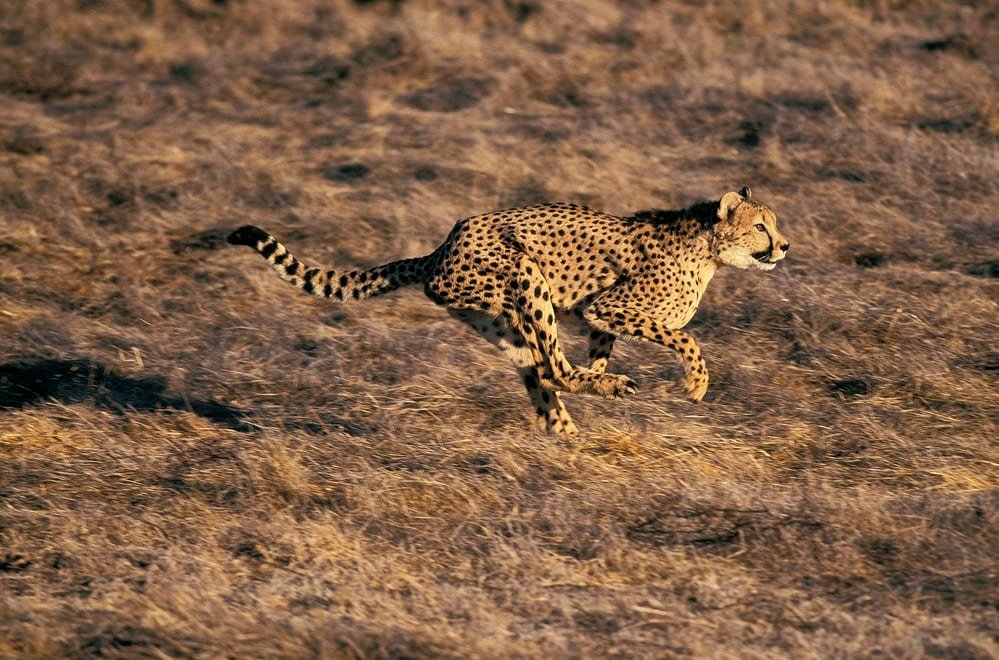
Despite their successes, breeding programs face numerous challenges. Financial constraints, maintaining genetic diversity, and ethical concerns regarding animal welfare and captivity are ongoing issues. Moreover, breeding success alone cannot counteract threats like poaching and habitat destruction, which require wider conservation strategies and policy changes.
The Impact of International Collaboration

International collaboration is crucial to the success of big cat breeding programs. Organizations like the World Wildlife Fund (WWF) and the International Union for Conservation of Nature (IUCN) facilitate partnerships and funding globally. Through joint efforts, sharing of resources, and coordinated planning, these groups amplify conservation impacts far beyond any single program or country.
Community Engagement and Education
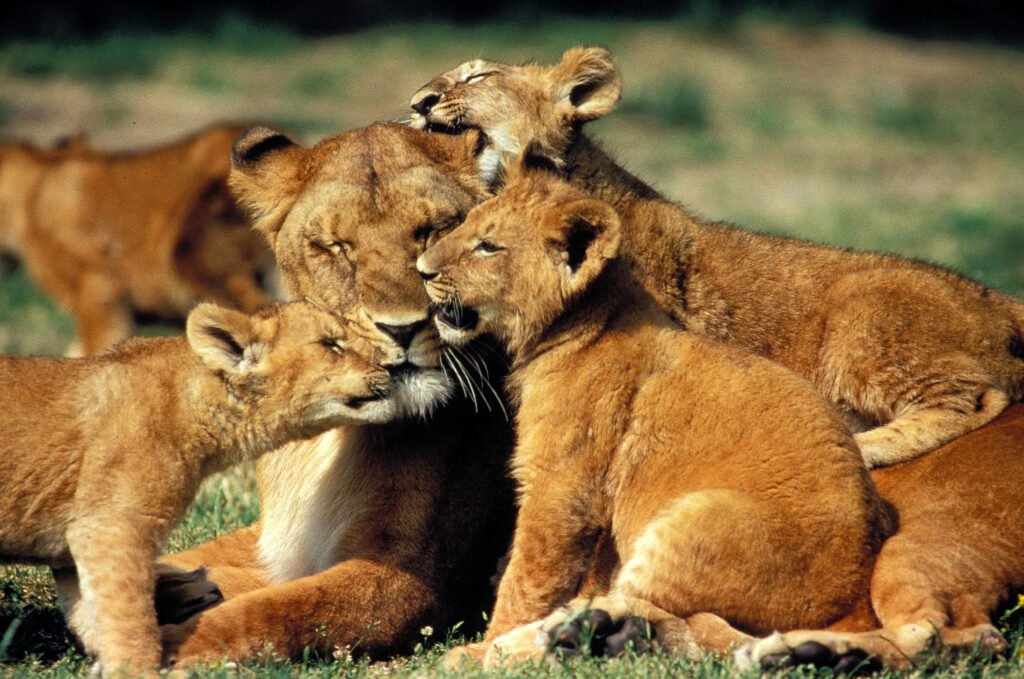
Engaging local communities and promoting awareness are key components of breeding programs. Educating communities about the ecological role of big cats and the economic benefits of ecotourism can transform local perspectives from viewing big cats as threats to allies in conservation. Successful programs integrate local participation, which ensures sustainable conservation efforts.
The Future of Big Cat Conservation

The future of big cat conservation relies on the continued success and innovation of breeding programs, as well as broader environmental and wildlife protection policies. With the integration of new technologies and methodologies, these programs are poised to adapt and overcome challenges. However, sustained commitment and international support are essential to secure a future for big cats worldwide.
Conclusion
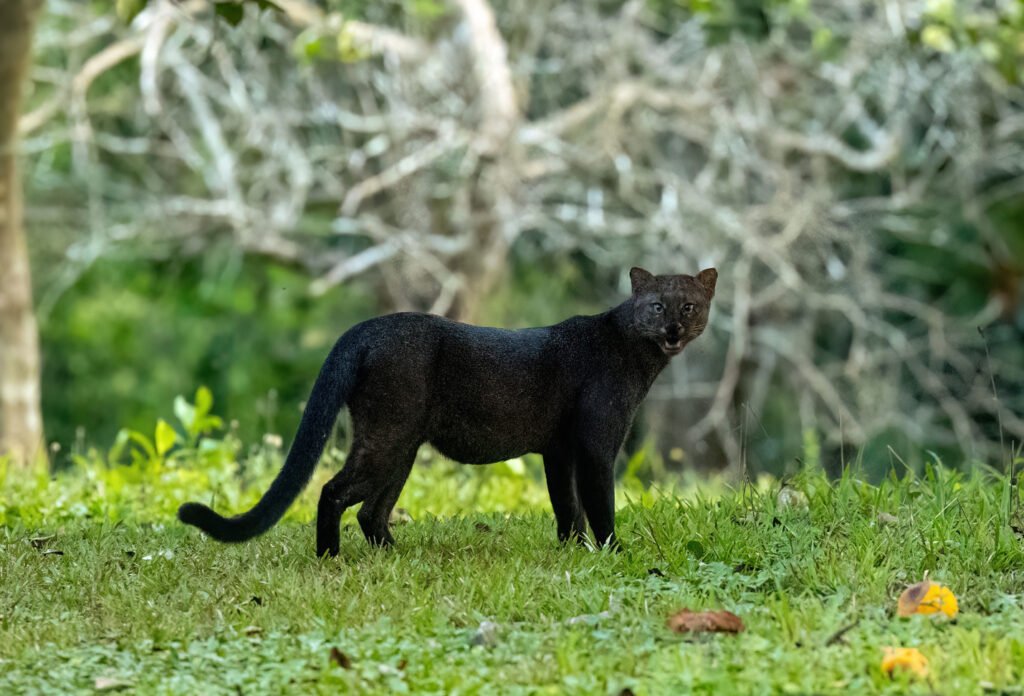
The success of big cat breeding programs highlights the combined efforts of science, policy, and community involvement in conservation. While significant progress has been made, ongoing challenges require constant vigilance and adaptation. Through continued support and innovation, these programs will remain pivotal in preserving the majesty and ecological significance of big cats for future generations.

Suhail Ahmed is a passionate digital professional and nature enthusiast with over 8 years of experience in content strategy, SEO, web development, and digital operations. Alongside his freelance journey, Suhail actively contributes to nature and wildlife platforms like Feline Fam, where he channels his curiosity for the Feline into engaging, educational storytelling.
With a strong background in managing digital ecosystems — from ecommerce stores and WordPress websites to social media and automation — Suhail merges technical precision with creative insight. His content reflects a rare balance: SEO-friendly yet deeply human, data-informed yet emotionally resonant.
Driven by a love for discovery and storytelling, Suhail believes in using digital platforms to amplify causes that matter — especially those protecting Earth’s biodiversity and inspiring sustainable living. Whether he’s managing online projects or crafting wildlife content, his goal remains the same: to inform, inspire, and leave a positive digital footprint.






